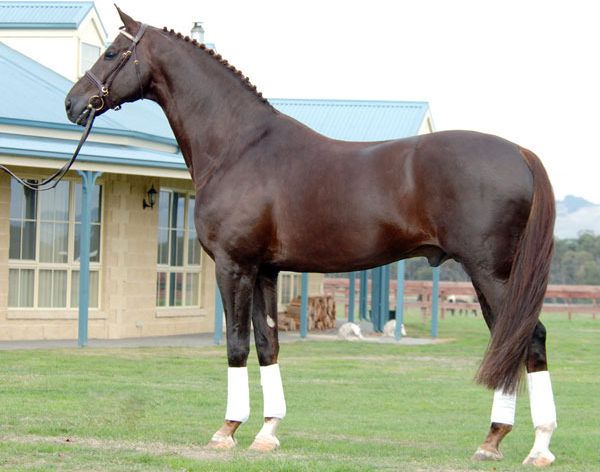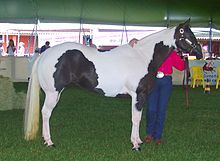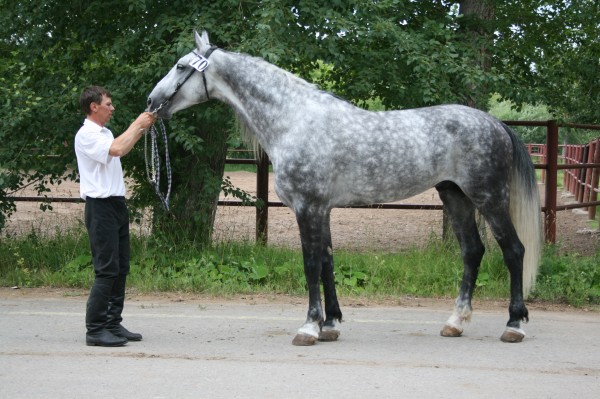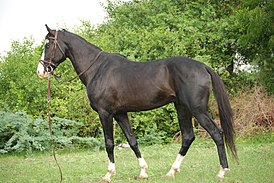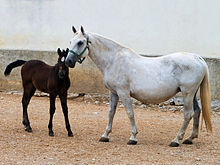book
Morgan
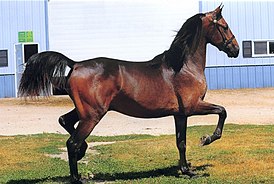 Morgan, the horse of Morgan, is one of the first breeds of horses bred in the USA. [1] According to the traceable genetic fund, it comes from the male “Figure (Eng.) Russian.”, Later renamed “Justin Morgan” in honor of its owner, a famous breeder and composer Justin Morgan.
Morgan, the horse of Morgan, is one of the first breeds of horses bred in the USA. [1] According to the traceable genetic fund, it comes from the male “Figure (Eng.) Russian.”, Later renamed “Justin Morgan” in honor of its owner, a famous breeder and composer Justin Morgan.
Morgans have been used on many roles in 19th century American history: as a harness horse and as a running horse, as a ubiquitous mount, and as cavalry horses during the American Civil War on both sides of the conflict. The Morgans influenced other major American breeds, including the American Quarter Horse, Tennessee Walking Horse and Standardbred. During the 19th and 20th centuries, they were exported to other countries, including England, where they influenced the breeding of Hackne. Continue reading
